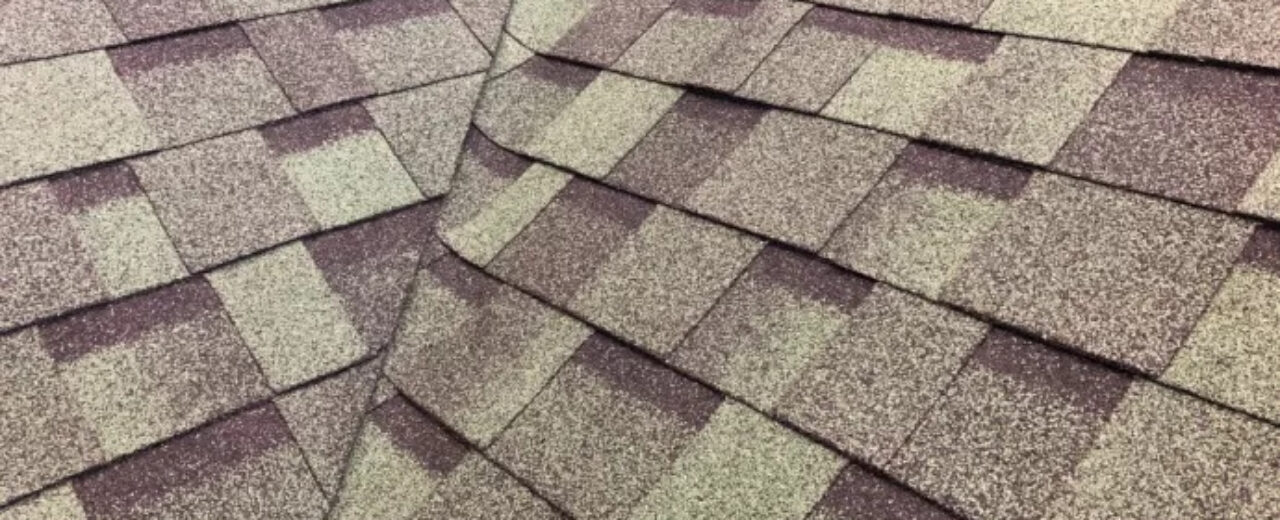Understanding Roof Valleys and Their Role in Water Drainage
When it comes to the design and function of a roof, few features are as important — and as overlooked — as the roof valley. These intersections, where two sloped sections of a roof meet, are critical for proper water drainage and long-term structural protection. Whether you’re a homeowner looking to maintain your property or preparing for a roof replacement, understanding roof valleys can help you make more informed decisions.
What is a Roof Valley?
A roof valley is the V-shaped channel formed where two roof planes intersect. These valleys create a natural pathway for water to flow off the roof and into the gutter system. Because they collect runoff from multiple roof sections, valleys handle more water than any other roof part.
There are two common types of roof valleys:
- Open Valleys: In this style, a metal flashing is installed along the valley line, and shingles are cut back from both sides to expose the flashing. This allows water to run freely along the metal and away from the roof.
- Closed Valleys: With closed valleys, shingles from both roof sections overlap and cover the valley, concealing the flashing underneath. This type is often more aesthetically pleasing but may require more maintenance.
The Role of Roof Valleys in Water Drainage
Because valleys direct water runoff from multiple roof planes into a single channel, they experience a higher volume and velocity of water during rainstorms or snowmelt. Without properly functioning valleys, water can pool, back up, or seep under shingles, leading to leaks, wood rot, and structural damage.
Effective roof valleys do the following:
- Channel Water Efficiently: Roof valleys guide water quickly and safely from the roof to the gutters.
- Prevent Water Intrusion: When correctly installed with quality flashing and underlayment, valleys prevent water from seeping into vulnerable roof seams.
- Support Ice and Snow Management: In colder climates, valleys help control melting snow, reducing the chance of ice dams that can cause water to back up under shingles.
Common Valley Problems
Due to their heavy workload, valleys are often a weak point in aging or poorly installed roofs. Some common issues include:
- Clogged Valleys: Debris like leaves and branches can accumulate in valleys, disrupting water flow and causing backups.
- Improper Installation: Poor shingle alignment, missing flashing, or inadequate underlayment can lead to early valley failure.
- Wear and Tear: Over time, water flow can erode shingles and flashing in the valley, creating entry points for leaks.
Maintenance Tips
To extend the life of your roof and avoid costly repairs, follow these maintenance tips:
- Keep valleys clear of debris, especially after storms or during the fall season.
- Inspect valleys regularly for signs of wear, cracks, or granule loss.
- Make sure your gutters are clear and functional to support valley drainage.
Final Thoughts
Roof valleys may not be the most visible part of your home, but they protect your property from water damage. A well-designed and well-maintained valley system ensures efficient drainage and extends the life of your roofing system. Discuss valley installation methods with your contractor to ensure lasting performance if you’re planning a roof repair or replacement.


